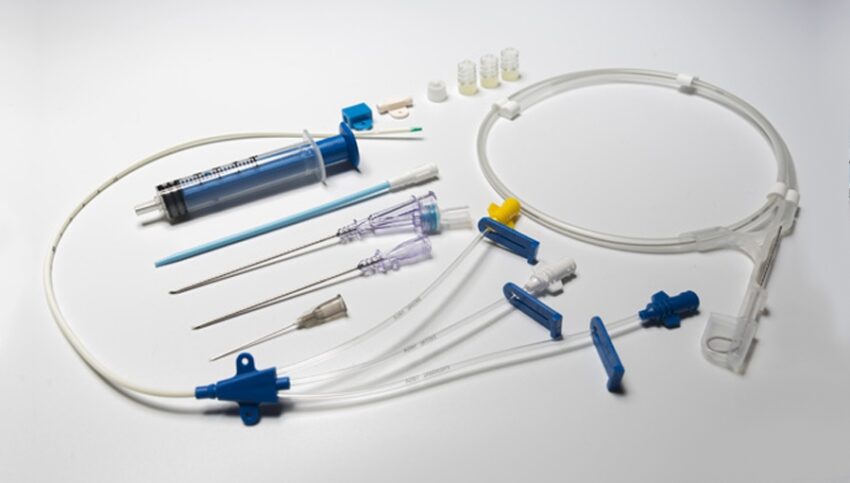The U.S. central venous catheter market is a multi-billion dollar industry due to the growing prevalence of chronic diseases that require hospitalization for treatments such as cancer, cardiovascular diseases, and many others. Central venous catheters are hollow, thin tubes inserted into large veins in the neck, chest, or groin to administer medications, nutrients, blood products and collect blood samples from major central veins for patients who require long term intravenous access. These catheters provide reliable long term vascular access and help deliver targeted treatments to the central circulation system effectively.
The U.S. Central Venous Catheter Market is estimated to be valued at US$ 1252.07 Bn in 2024 and is expected to exhibit a CAGR of 19% over the forecast period 2024 to 2031.
Increased disease burden coupled with rising aged population and hospitalization rates have augmented the demand for central venous catheters as they offer reliable means for long term venous access in critical care and cancer patients.
Key Takeaways
Key players operating in The U.S. Central Venous Catheter are Robert Bosch GmbH., Continental AG, DENSO CORPORATION, HELLA GmbH & Co. KGaA, Infineon Technologies AG, Autoliv Inc., Lockheed Martin Corporation., NXP Semiconductors., smart microwave sensors GmbH, Oculii Corporation, SRC, Inc., Arbe, Echodyne Corp., Raytheon Company Corporation, Saab AB, Northrop Grumman, ZF Friedrichshafen AG, Hitachi, Ltd., InnoSenT – Innovative Radar Sensor Technology, and Kestrel Radar Sensors among others.
The growing prevalence of lifestyle diseases and rising geriatric population in the U.S. requiring long term hospital care has augmented the demand for central venous catheters. It is estimated that over 85% of chemotherapy infusions and total parenteral procedures utilize central venous catheters for targeted drug delivery.
Major players are expanding their production and distribution footprint across U.S. and exploring emerging countries to tap into new revenue opportunities. Increasing healthcare expenditure and availability of reimbursement for critical care procedures will further support the market growth over forecast period.
Market Key Trends
One of the key trends in the U.S. Central Venous Catheter Market is the growing adoption of antimicrobial coated devices to lower infection risks. These advanced catheters incorporate anti-microbial materials and agents such as chlorhexidine and silver zeolite into the polymer tubing and device design which reduce bacterial colonization and biofilm formation, lowering Blood Stream Infections(BSI) risks. This has increased the preference of hospitals for bacteriostatic coated devices, driving further innovation in this space. Increased research assessing the outcomes and cost-effectiveness of these advanced antimicrobial devices could expand their uptake over the coming years.
Porter’s Analysis
Threat of new entrants: In the US central venous catheter market, there exist high costs associated with manufacturing and regulatory compliance requirements which make market entry difficult for new players.
Bargaining power of buyers: Buyers in the form of hospitals have high bargaining power due to the preference of well-established brands in central venous catheters. However, enhanced product innovations reduce this power to some extent.
Bargaining power of suppliers: A few major players dominate the supply chain of central venous catheter devices. This gives them greater control over pricing.
Threat of new substitutes: There exist no close substitutes for central venous catheters currently in terms of delivering medications or fluids directly into large veins.
Competitive rivalry: The US central venous catheter market has the presence of both global and regional players. Intense competition exists in terms of product offerings, pricing, and quality.
Geographical Regions
The value concentration of the U.S. central venous catheter market is currently in North America due to advanced healthcare infrastructure and high prevalence of chronic diseases requiring catheter use.
The Asia Pacific region is projected to be the fastest growing geographical segment during the forecast period. This can be attributed to factors such as improving access to healthcare facilities, rising medical tourism, and increasing government focus on early disease diagnosis and treatment.

